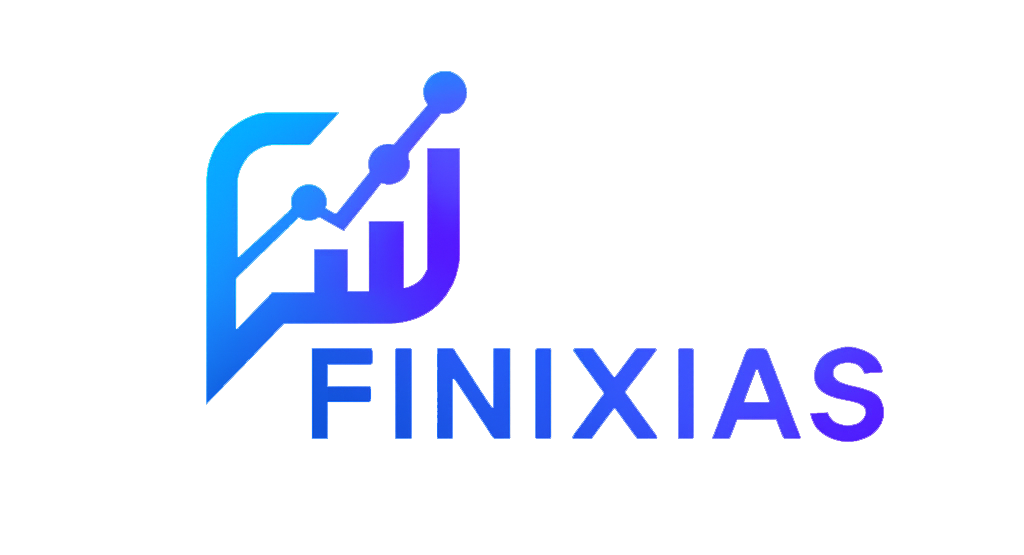How to Manage Risks When the Market Gets Stressful: A Simple Guide for Traders
Markets can be brutal, especially when things get volatile and stressful. Making decisions under pressure? Not ideal. Whether you’re trading on your own or managing a portfolio, having a clear, structured approach to risk can make all the difference — helping you stay calm and avoid costly mistakes when the market throws a curveball.
Start with a Clear Risk Management Process
Good risk management is all about following a few key steps:
Spot the Risks
This might mean:
- wild swings in price,
- assets that suddenly dry up in liquidity,
- or unexpected gaps in the market.
Figure Out How Likely and How Bad They Could Be
Using tools like Value-at-Risk (VaR) or stress testing helps you put numbers to the risks. It takes the guesswork (and emotion) out of the equation.
Decide What to Do About It
Once you know what you’re facing, you can:
- avoid the risk altogether,
- reduce it by diversifying or hedging,
- or accept it — but with your eyes wide open.
Keep an Eye on Things
Risk management isn’t a set-it-and-forget-it deal. Regular check-ins with performance metrics and audits help keep you on track.
What Does Stress Testing Look Like for an Individual Trader?
Here’s a quick example: Imagine 60% of your portfolio is in tech stocks. You run a simulation that slams that sector down by 15%. The result? You’d lose about 25% of your total capital. That kind of stress test shows you you’re overexposed. You can then rebalance — maybe add some safer assets or tighten your stop losses. In real life, a trader facing a sudden market drop can use stress testing to predict how bad it might get and tweak their plan before things spiral.
Handy Tools to Help You Manage Risk Every Day
Some risk management tools you should have in your toolbox: ● Stop loss orders to cap losses automatically. ● Take profit orders to lock in gains before the market reverses. ● Trailing stops that move up with your profits. ● Position sizing calculators to make sure you’re not betting too big. ● Price alerts to keep you updated on key moves. Don’t forget demo accounts and backtesting — great ways to try strategies without risking real money.
ISO 31000: A Framework to Take It Up a Notch
Want to get serious? Look into ISO 31000, an international standard on risk management.
It’s all about embedding risk management in every decision, identifying and tackling risks methodically, and continuously improving as markets evolve.
Why Bother with Risk Management?
The goal is simple:
Protect your capital no matter what happens.
Maximize returns while keeping risks in check.
Stay in the game long-term, even when things get rough.
The payoff?Fewer rash decisions.
Less uncertainty
Better control over your emotions, especially when stress hits hard.
Final Thoughts
Stress on the markets is unavoidable. But it doesn’t have to control your trading. With a solid process, practical tools, and a strong framework, you can turn uncertainty into opportunity.
Because the real skill isn’t predicting the market — it’s surviving it.

